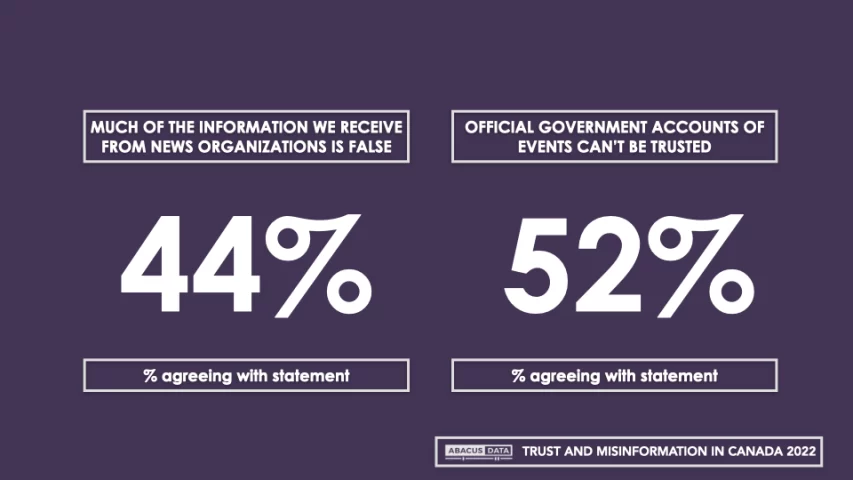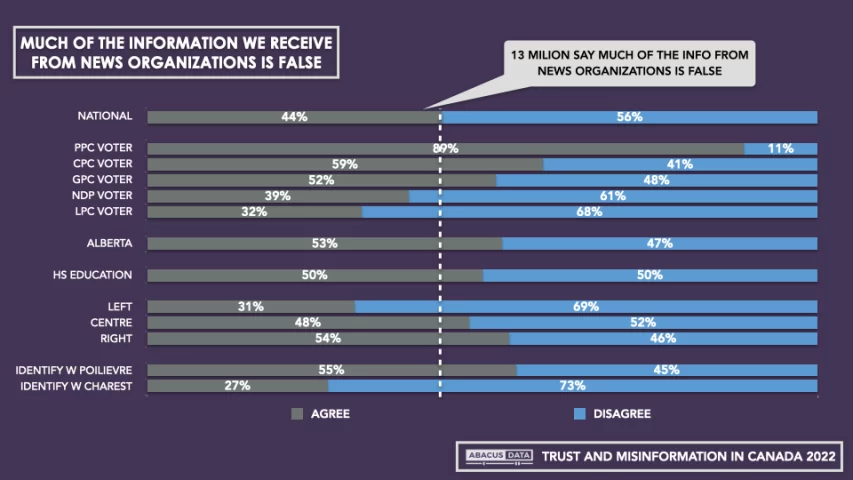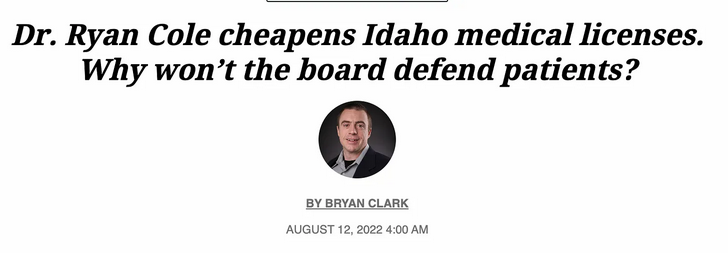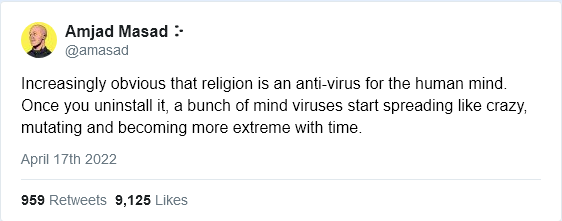 The more refined the man — crusty old badthinkers like E.B. Tylor and Lucien Levy-Bruhl would say “civilized”, and of course you shouldn’t look those names up, much less read their works, they are very very bad — the greater his sense of time … and the greater his death wish. In fact, at some point in the “civilization” process, Whitey gets so “over-civilized” that he reverts to what is effectively bicamerality (if Jaynes does it for you) or to the primitive sense of the endless now …
The more refined the man — crusty old badthinkers like E.B. Tylor and Lucien Levy-Bruhl would say “civilized”, and of course you shouldn’t look those names up, much less read their works, they are very very bad — the greater his sense of time … and the greater his death wish. In fact, at some point in the “civilization” process, Whitey gets so “over-civilized” that he reverts to what is effectively bicamerality (if Jaynes does it for you) or to the primitive sense of the endless now …
… but alas, he does NOT lose his neuroses, his death wish. That becomes all-consuming.
When the very smart boys in the sociology departments first started studying cults, they assumed — being very smart boys — that cult members would all be dumb, mal-educated yokels. After all, those are the only kind who believe in Magic Sky Fairies, no? But because the urge to suppress or falsify research findings that don’t fit their pre-chosen Narrative hadn’t entirely permeated the academy yet, they actually published their “counterintuitive” findings — the average cult member is smarter, and much better educated, than the hoi polloi.
Which should’ve been obvious by the fact that cults as a general rule don’t bother trying to recruit in slums, or out in the sticks, but DO focus almost their entire recruiting effort near college campuses. They could’ve skipped the fieldwork entirely, and just looked around at the very obvious cult of “Leftism” that they and all their colleagues were already in, but self-awareness has never been a thing on the Left, and that goes triple for the egghead set.
The other thing that becomes immediately obvious in the academic study of cults is that the phrase “suicide cult” is redundant. They’re all suicide cults. Lots of them do us the great favor of admitting it, one way or the other, but THE cult belief is in the imminent immanentizing of the eschaton. The world’s gonna end, and they’re going to be the Big Guy’s right-hand persyns in the new dispensation. The Big Guy could be God, Jesus, the saucer people, Cthulhu, Satan, the Proletariat, whatever — they have a bewildering variety of mythologies, but the underlying belief is exactly the same, every time, and there’s only that ONE belief:
The world is gonna end in their lifetimes, and they themselves are helping to make it happen sooner.
Thus to pscircle back to [the] question: “has there been a historical situation where there is a generalised cult mentality which is attached and detached to a serial cult sequence (coof, ukraine, trump, etc).”
The way I’m interpreting this (please correct me if I’m wrong) is that the Juggalo Cult, unlike all the other known cults throughout history, seems to be able to change its mythology on a dime. We’re all familiar with Festinger, yeah? If not, go read When Prophecy Fails at the nearest opportunity — it’s short, and surprisingly readable for academic sociology. The UFO cult Festinger studied predicted the end of the world. When it didn’t happen, lots of members left the cult … but lots didn’t, and in fact they doubled down — it was only their constant vigilance, they said, that kept the saucer people from destroying the earth as originally planned.
(This is where the phrase “cognitive dissonance” comes from, by the way. Festinger coined it).
Note that the UFO cultists didn’t suddenly flip mythologies as a way to deal with their cogdis — oh, we were wrong, it wasn’t the saucer people, it was the Illuminati. And that seems to apply to any “disconfirmation” of any cult belief. Everything that happens, or doesn’t happen, gets folded in. In the same way, there’s only ever one Devil. See e.g. every conspiracy theory on the Internet, ever. When ___ happens, the guys who think the Freemasons control the world blame the Freemasons, the guys who think it’s the saucer people blame it on the saucer people, etc., same as it ever was.
But if the Freemasons step up and take credit for it, the guys who think it’s the saucer people don’t shrug and say ooops. Rather, they build it in — ok, ok, yeah, technically it was the Freemasons, but we all know who really controls the Freemasons! (It’s the saucer people and the RAND Corporation, in conjunction with the reverse vampires. We’re through the looking glass here, people).
In a sense, of course, the Juggalo Cult does do that — Whitey is always the Devil (do a find-and-replace, swapping in “White supremacy” for “capitalism”, and you could republish the entire Collected Works of V.I. Lenin, verbatim, as your dissertation and no one would be the wiser). But the Juggalos also seem to be unique in that the Apocalypse changes on a dime, too. Festinger’s cult all agreed that the saucer people were still going to destroy the world; they just hadn’t gotten around to it yet, because reasons.
The Juggalo Cult, by contrast, lurches from apocalypse to apocalypse. Global Cooling! Global Warming! Global Climate Change! Reagan! Boooosh! Drumpf! Covid! Ukraine! The Supreme Court! THE CURRENT THING!!!!
This, I think, is the reversion to bicamerality — the “digital clock effect” […] The Juggalo Cultists are still oppressed by their two-millennia-old sense of the passage of linear time — it’s baked into their DNA at this point — but they’ve been acculturated to the Endless Now of social media. There is no past on Twitter, nor any future — there’s just retweets and upvotes and replies, and what’s at the top of the news feed is all that is or could ever be, world without end amen.
They’re trapped in an endless loop — everything they do immanentizes the eschaton, because immanentizing the eschaton is simply a matter of tweeting it. And yet, the eschaton never comes. The tweet is merely replaced by another tweet, which is the only thing in the universe. It’s like what some old “paranormal researchers” said ghosts are — little loops of “film”, endlessly replaying the same thing forever. Time passes — the haunted house is bought and sold, remodeled, added to, stripped to the bricks and rebuilt, bought and sold again — but the ghost is still there, endlessly replaying the same scene, because it’s just static, just energy discharge from some kind of psychic dry-cell battery.
The difference being, of course, that these ghosts can actually pull the nuclear trigger … and they won’t even know they’re doing it, in the same way that the ghosts don’t realize they’re scaring the “occupants” of the “haunted house”, because there ARE no occupants, no house. It’s just the flickering, endlessly repeating NOW.
Severian, “The Ghosts”, Founding Questions, 2022-05-17.




















